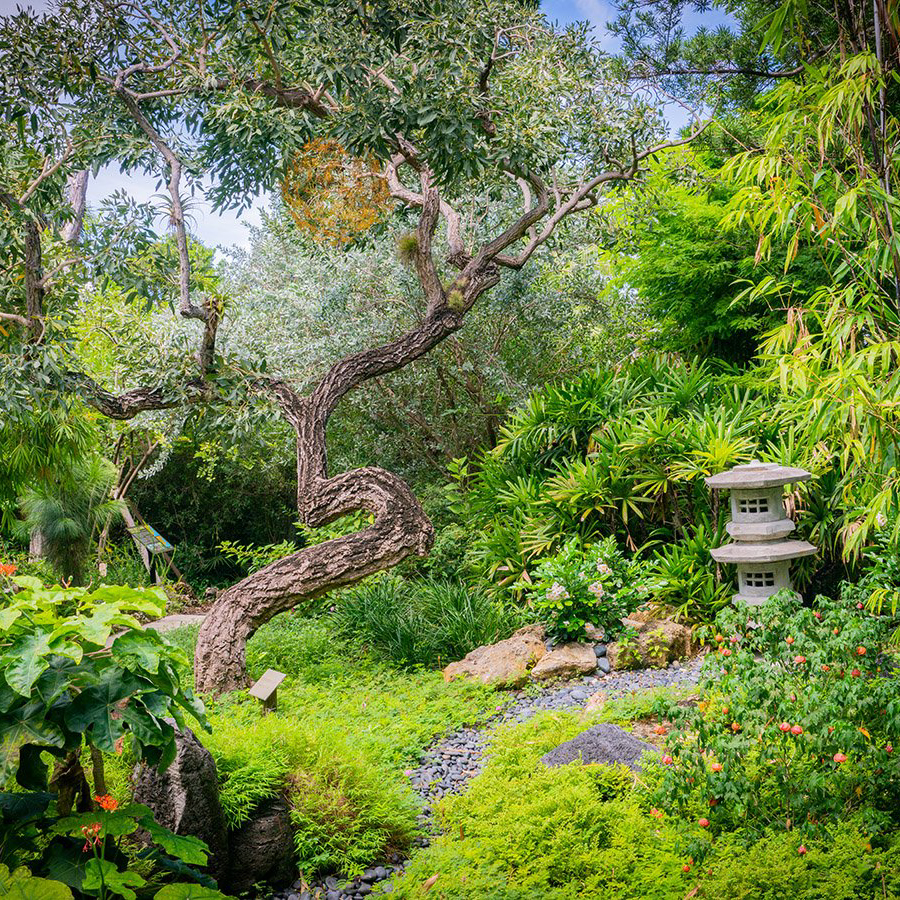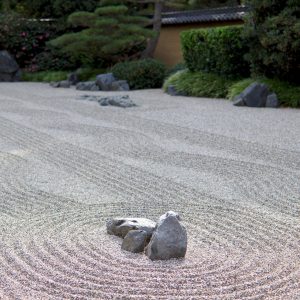The 1970s was a decade of change and excitement. It was a time of cultural and political revolutions, with a new generation rejecting traditional values and embracing a more liberal outlook. In terms of fashion, music and art, the 70s were characterized by a unique style that would leave a lasting impression on the world. One iconic manifestation of this era was the use of lustre in interior design and decor. In this article, we will explore the significance of lustre in the 70s and the legacy it left behind.
What is Lustre?
Lustre, also known as gloss or sheen, is the shining quality of a surface. In the 70s, it was a popular aesthetic choice in interior design, particularly in home decor items such as lamps, vases, and ceramics. Lustre is achieved through a special glazing technique that involves the application of metal oxide onto the surface of a ceramic piece. This creates a unique, reflective quality that shimmers and sparkles in the light.
Lustre in the 70s
The use of lustre in interior design was not exclusive to the 70s, but it was during this decade that it became particularly prominent. Lustre was embraced by the “hippie” generation, who rejected the austerity of the 50s and 60s in favor of a more colorful and ornamental style. Lustre was seen as a way of bringing glamour and sophistication to the home, with its reflective surface adding a touch of opulence and luxury.
Lustre was also a popular choice in fashion, with metallic fabrics and sequins dominating the runways. Disco culture and its extravagant, over-the-top aesthetic further fueled the use of lustre in fashion, with sparkling dresses, high-gloss boots, and glittering accessories becoming the norm.
The Legacy of Lustre
Although the popularity of lustre waned in the 80s and 90s, it has recently made a comeback. With the resurgence of retro and vintage aesthetics, the 70s revival has brought lustre back into the mainstream. Contemporary designers have reimagined the lustre aesthetic and incorporated it into modern designs, bringing a touch of nostalgia to contemporary spaces.
Lustre in Contemporary Design
Today, lustre is no longer confined to traditional ceramics and home decor. Designers are experimenting with new materials and techniques to create unique, lustre-inspired pieces. Lustre glazes are being applied to everything from furniture to decorative objects, with the shimmering quality adding a modern touch to classic designs.
The Future of Lustre
The resurgence of lustre in contemporary design suggests that it may continue to be a prevalent trend in the years to come. As the world becomes increasingly saturated with minimalist designs and muted colors, lustre is a refreshing reminder of the power of bold, luxurious aesthetics. It is a nod to the past, a celebration of the present, and a symbol of the enduring power of beauty.
The 70s were a time of cultural and social upheaval, and lustre was a reflection of the changing times. It was a symbol of the new wave of creativity and a rejection of established norms. Decades later, we look back on the era of lustre with a sense of nostalgia, appreciating the boldness and audacity it brought to the world. As we embrace the 70s revival, we are reminded of the ways in which design can be a powerful tool for cultural expression and social commentary.



